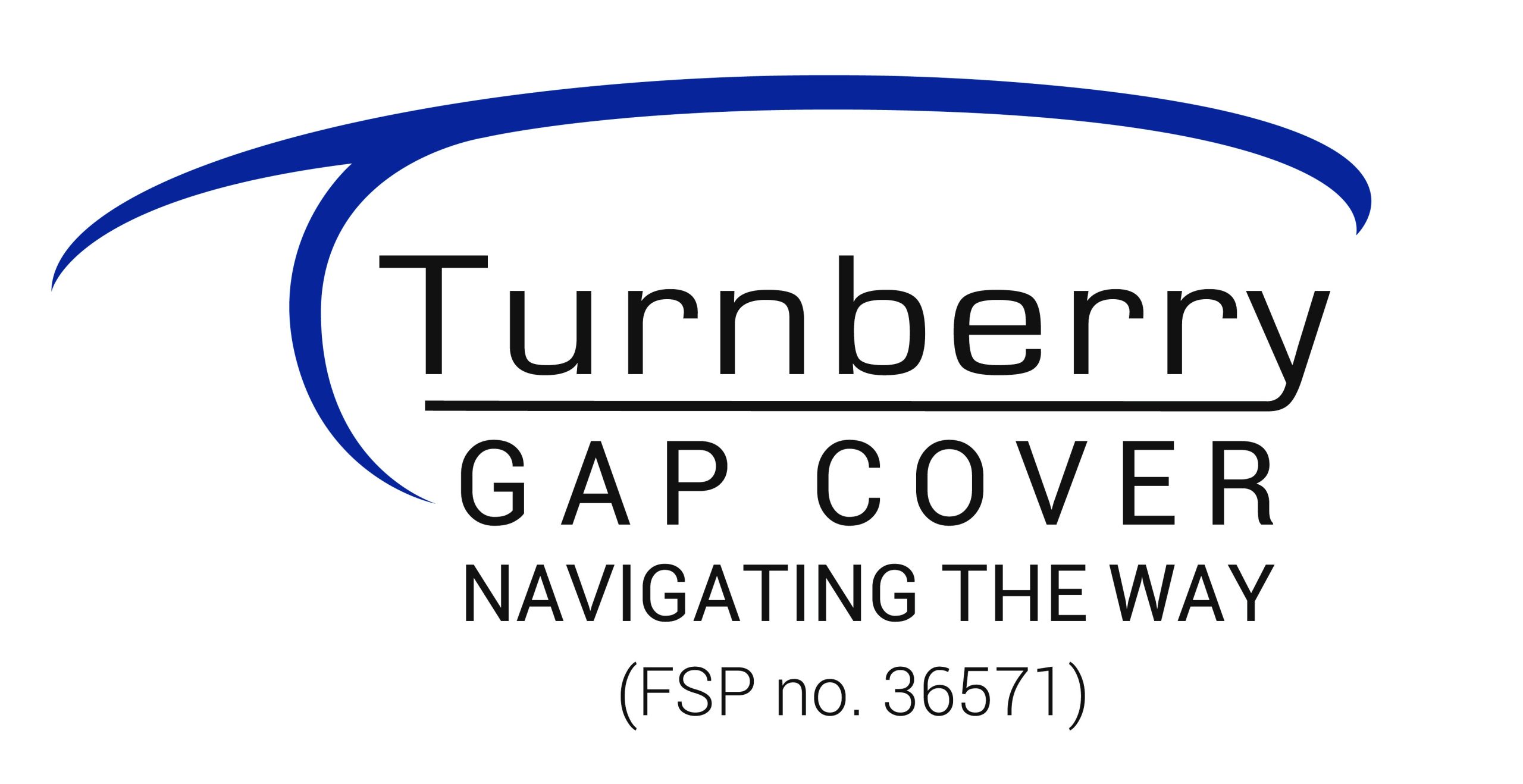
14th November 2022 – BizCommunity
Employee benefits form an influential part in the corporate talent attraction and retention strategy, and companies can leverage these contributions to differentiate their particular employee value proposition (EVP).
As such, many businesses have started to offer Employee Assistance Programmes (EAP) to cater to physical, financial and mental health, along with the more common medical aid, pension and provident funds. However, while screening is offered as part of EAP, and medical aid pays for a portion of medical expenses, the reality is that the shortfalls between what medical aid pays and what medical procedures cost is widening all the time. Adding gap cover into the employee benefit basket is cost effective and can make a real difference in employees’ lives – and productivity – today as well as in the future.
The true cost
“With the gap between medical aid payments and the cost of procedures growing, as well as new treatments coming in that are not fully covered by medical schemes, many people cannot afford the co-payment or shortfalls that will result from having necessary treatments and procedures. These shortfalls can run into tens of thousands of rands, sums that most people simply do not have available to them,” says Tony Singleton, CEO at Turnberry Management Risk Solutions.
Often in these instances, people will try and treat problems that actually require surgical intervention with conservative means, which in turn results in increased sick leave as they take time off when they are in pain or unwell. Their well-being also suffers as a result of ongoing pain and suffering from not being able to seek the right treatment.
When they cannot avoid surgery any longer, the payments can put them into significant financial difficulty. They may have to take loans from the bank, or microloans from the business, make payment arrangements with doctors, and in general deal with considerable stress at a time when their health should be the focus.
Peace of mind and financial well-being
The addition of gap cover to benefits is an affordable way for corporates to make a real, tangible difference to their employees’ health and financial well-being. With gap cover in place, those who need medical treatments or surgical interventions can seek the care they need without fear of massive financial repercussions. Co-payments and shortfalls are covered up to the Overall Annual Limit (OAL), providing peace of mind and allowing people to prioritise their health. In the case of unexpected illness or injury, the added stress of having to pay for these shortfalls is reduced.
The benefits of group gap cover
Corporates have access to group gap cover for their employees, which has a number of benefits over private gap cover, including preferential rates and reduced waiting periods. Value-added benefits include access to trauma counselling, additional cancer cover and a lump sum pay-out on first cancer diagnosis, depending on the plan, all of which can help with both financial and mental well-being.
https://www.bizcommunity.com/Article/196/796/233251.html
https://getcovered.turnberry.co.za/app/1
What is Gap Cover?
https://getcovered.turnberry.co.za/app/1
Client Testimonials
I have been a member of Turnberry Management Risk Solutions since 2016 through my employer. Although I knew I had gap cover, I had never used it and didn’t know how it worked, until I needed to claim for open heart surgery after having had a heart attack. One day, I was at work when I felt short of breath and experienced chest pain. I thought it was heartburn, so I took an antacid, which did not help. I then called a driver to take me home so I could take the nitroglycerin spray that I had, which also had no effect. I went straight to the closest hospital in Piet Retief, however, the doctors there sent me to Newcastle. After having blood tests done, I was then transferred to Mobeni hospital in Durban, where doctors performed an angiogram. I ended up having a quintuple bypass and spent almost two weeks in ICU. I had four different doctors, including a surgeon, an anaesthetist, and a cardiologist, as well as physiotherapy while I was in hospital. The recovery was long and difficult, and the last thing on your mind while this is happening is paying for any of it. When I started to receive the bills, I was not sure how I was going to pay for any of it. My employer then reminded me that I had gap cover and helped me to submit my claims. The shortfalls from the cardiothoracic surgeon were almost R100 000 and from the anaesthetist around R62 000, which is a huge sum that most people simply cannot afford. I would highly encourage anyone who has medical aid to also take out gap cover, because there can be large shortfalls and you don’t realise how much gap cover will help you. You never know what is going to happen, and when it does, it is often too late. Without gap cover from Turnberry, I would have been in deep trouble – I would have gotten my life back only to be in massive debt. Andrew Appelgryn
